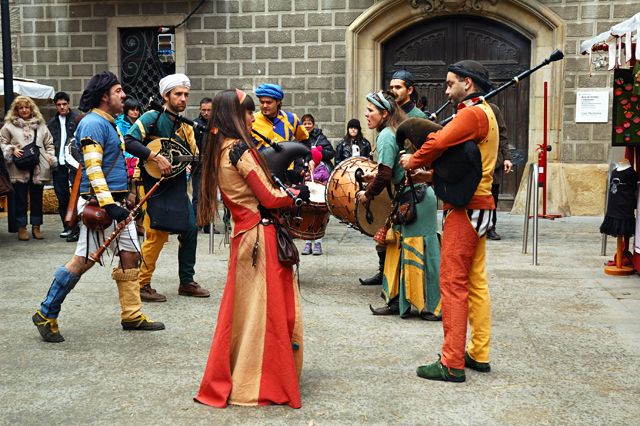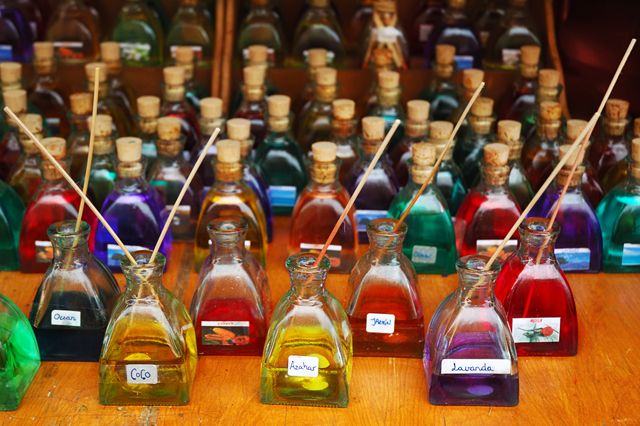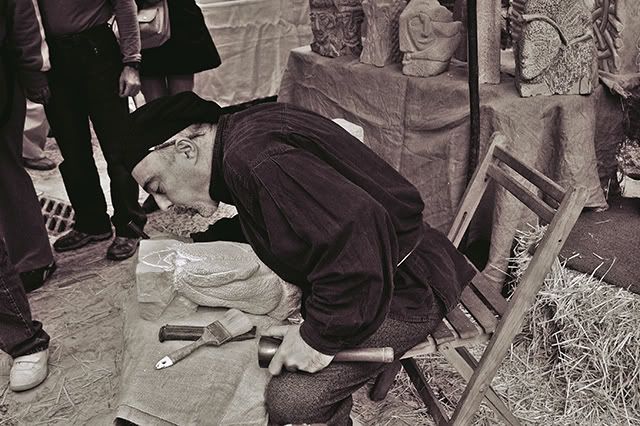La Font de Sant Jordi (Saint George Fountain), of which Barcelona Photoblog brings you this faucet detail, is one of the most renown fountains in the city as it is part of the impressive cloister at Barcelona Cathedral, perhaps the second most visited sacred place after Sagrada Familia.
Although the gothic Cathedral of the Holy Cross and Saint Eulalia, built in 150 years, is appealing enough once you set foot on the main nave it wouldn't be that remarkable without its cloister, a well-balanced quiet place, where light, water plants, magnolias, palm trees, geese and medieval fountains create that utmost joyous design that we now prefer to call feng shui.
The fountain as such, crowned by a 1970 figure (by Emili Colom) of Sant Jordi on his horse on top of a mossy rock, was built under the supervision of architect Andreu Escuder in 1449. Nevertheless, the water was spouting here directly from the mountain of Collserola since 1356.
This octogonal shaped architectural piece is no ordinary fountain, not only because of these beautiful faucets with intriguing faces that might as well represent archangels or demons on whose rump a small kid figure seems to be riding a bird or a horse (this can be the subject of rivers of ink for an unleashed imagination), but because since 1637 during every Corpus Christi Feast it is adorned with flowers and an empty egg that dances frantically on the water jet. Such tradition is known as L'ou com balla (previous post).
Here are some more pictures of the Fountain of Sant Jordi.






